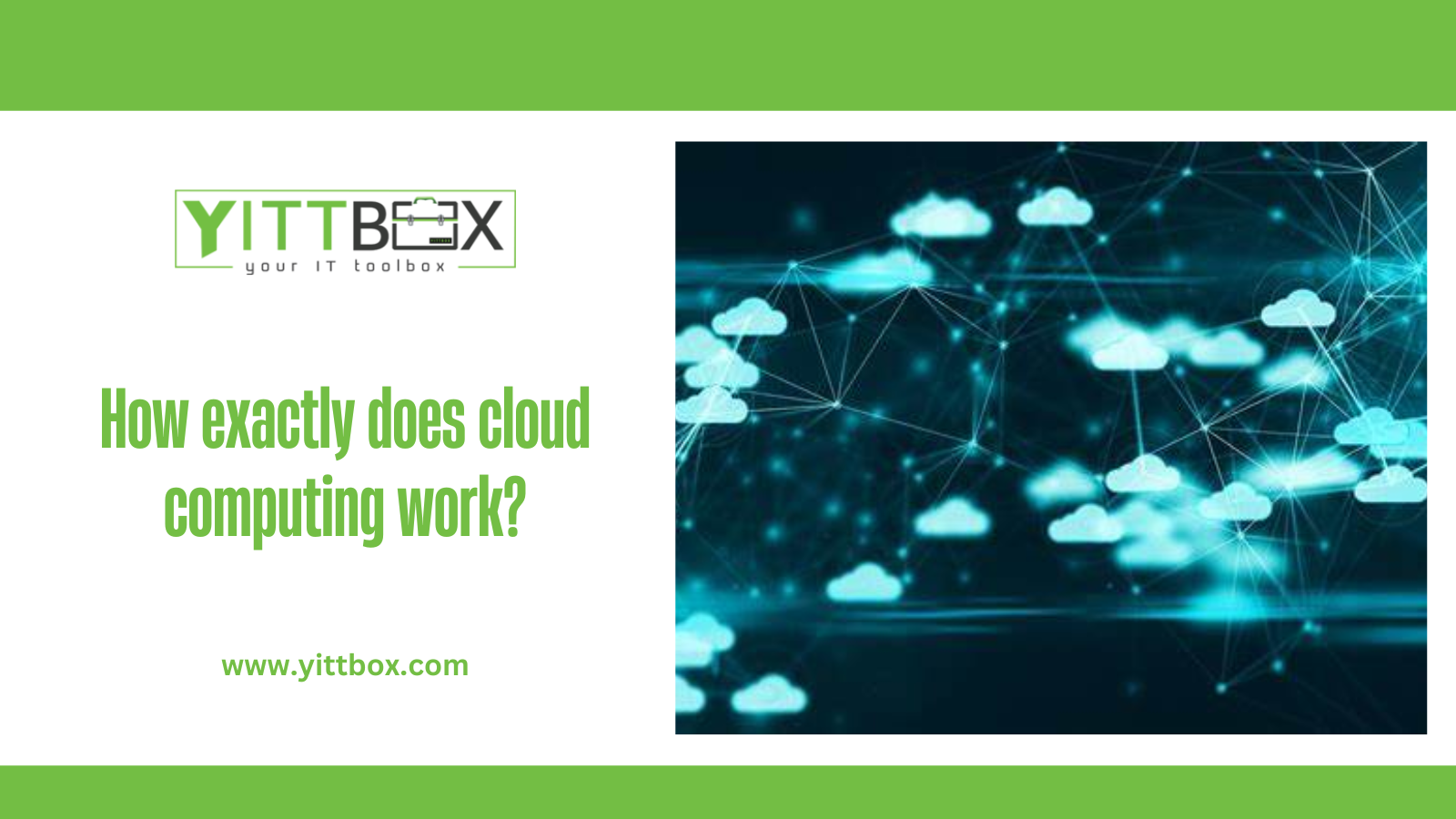The cloud is an interesting virtual entity that technology has given birth to. You may not be aware of the workings of cloud technology, but you have surely used it before and you continue to use it now. If you have used Gmail, Dropbox, and streaming services like Netflix, congratulations, you are surrounded by cloud technology.
What is the cloud?
Simply put, the cloud is a network of remote servers (powerful computers that store, process, and manage data and devices). This network offers various services using the internet. A server could be anywhere in the world, and through the internet, you can access these servers using devices like your phone.
The biggest freedom that cloud technology affords its users is the accessibility of files or services anytime anywhere.
How does the cloud work?
Take a look at Google Drive, an example of a cloud service provider. You can upload a file to Google Drive and access it from whatever device anywhere in the world as long as you log into your Google account. This is possible because Google Drive stores your files on a remote server in a data center which could be anywhere in the world.
Netflix is a cloud-based service, too. You can watch, pause, and continue any movie anywhere any time thanks to the power of the cloud.
What are the uses of the cloud?
One of the biggest uses of the cloud is running applications. If you want to blog, the old way of doing it is to download the WordPress application on your computer, set the configuration on your own, and then publish. Thanks to cloud technology, you can simply visit the site, register, and publish immediately. This is because hosts a pre-configured version available over the internet.
Software as a Service, simply known as SaaS, is a cloud-based software delivery model. SaaS allows apps to be hosted and run by a cloud service provider. Examples of SaaS are Microsoft Office 365 and Google Workspace.
PaaS, or Platform as a Service, on the other hand, is a cloud-based computing platform. PaaS provides a framework for applications to be developed, tested, and deployed. An example is Google App Engine. Developers can create and test applications without having to worry about infrastructure. Startups that don’t have access to resources and are not capable of managing their own It infrastructure can develop their software applications using PaaS.
Finally, backup and disaster recovery benefit greatly from the powers of the cloud. Physical backups can be destroyed or damaged, so it’s a good move for businesses and institutions to store all their data on the cloud. In the vent of natural disasters, data stored on the cloud can easily be recovered and restored.
These are just some of the biggest benefits of mankind, particularly businesses and developers, from cloud technology. It has reshaped the way the world accesses and stores data and applications. At the same time, cloud technology lowered the costs of IT infrastructure.







